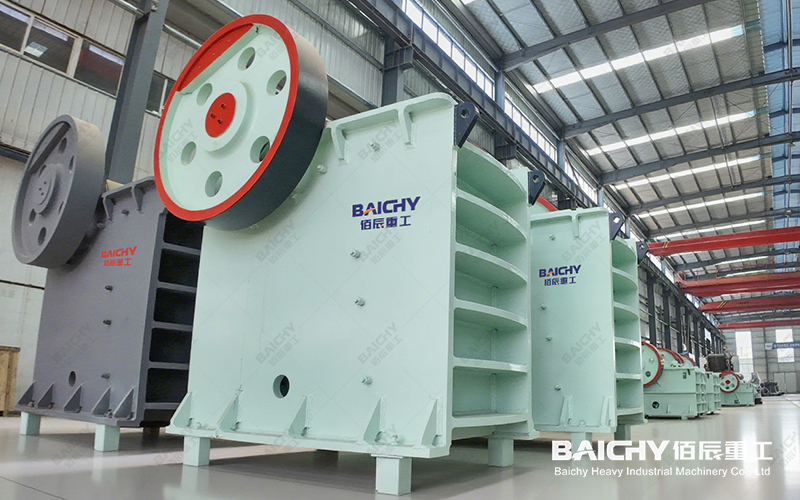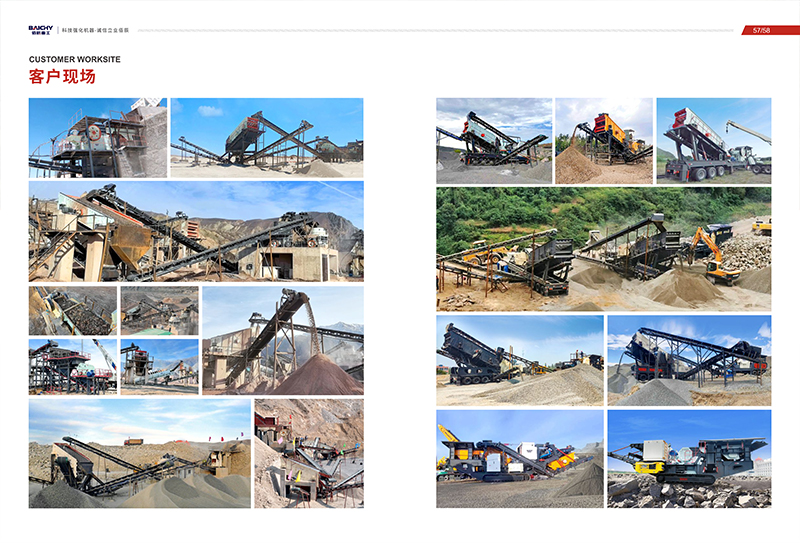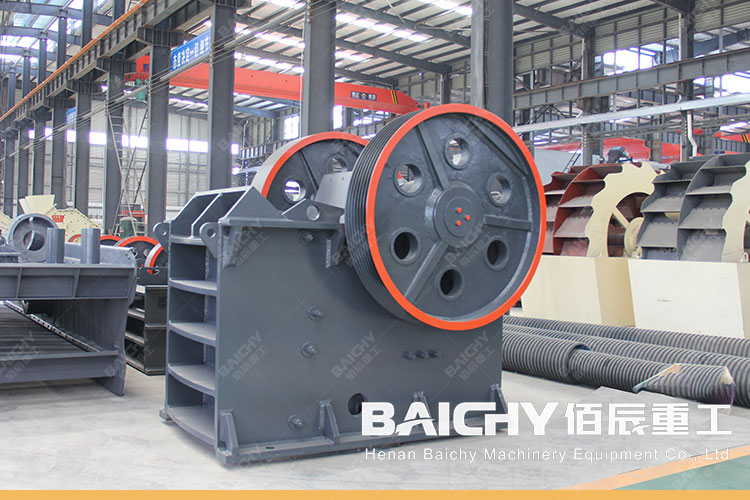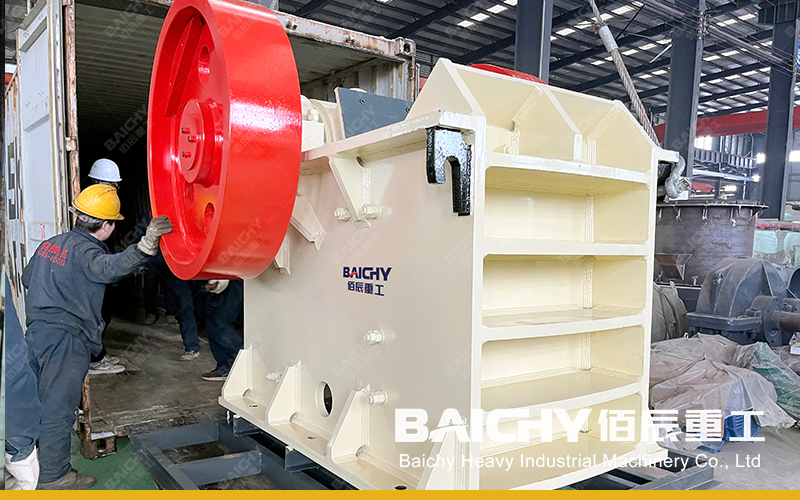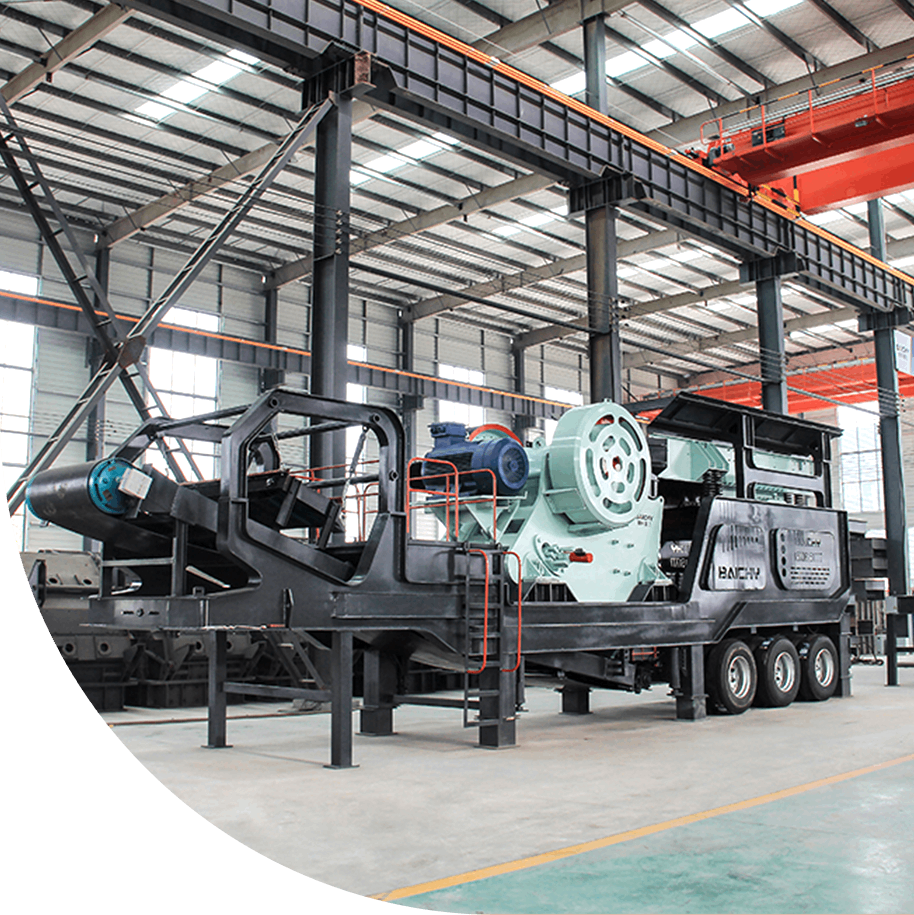Crushed stone and gravel in road construction: key differences and application guide
In road construction, crushed stone (unscreened crushed stone) and gravel (graded crushed stone) are two basic materials, and their selection directly affects the quality and cost-effectiveness of the project. The following are the core differences and selection recommendations between the two:
1. Essential differences
| Comparison dimensions | Crushed stone (unscreened crushed stone) | Gravel (graded crushed stone) |
| Processing technology | Only control the maximum particle size (D), no screening and grading | Precisely mix according to the preset particle size range (such as 4 types) |
| Particle composition | Natural grading (1~D continuous distribution) | Artificial grading (coarse/fine aggregate + stone chips mixed in proportion) |
| Structural characteristics | High porosity and good permeability | High density and stable skeleton structure |
2. Performance comparison
① Strength and stability
• Crushed stone: Depends on natural grading and has weak deformation resistance
• Gravel: By optimizing the ratio, the compressive strength is increased by more than 30%
② Applicable environment
• Crushed stone: Suitable for roadbed improvement layer with high drainage requirements
• Gravel: The preferred material for high-traffic roads (highways/first-class roads)
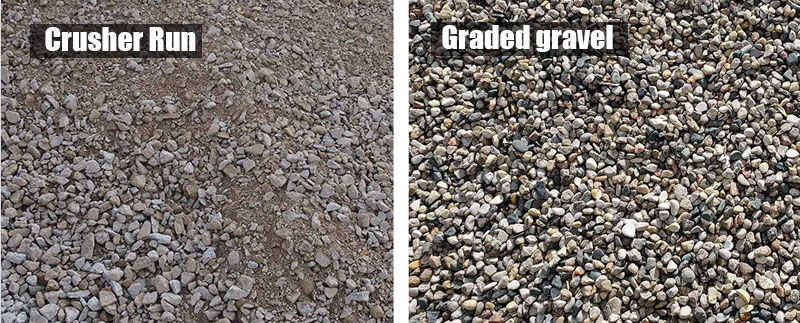
3. Engineering selection guide
✔ Situations where gravel is preferred
• Subbase of secondary roads (maximum particle size ≤53mm)
• Roadbed structure layer that requires fast drainage
• Low-cost solution in arid/rainless areas
✔ Situations where gravel must be used
• Highway base (particle size ≤26mm)
• Semi-rigid pavement intermediate layer
• Rainy and humid areas (strong resistance to water damage)
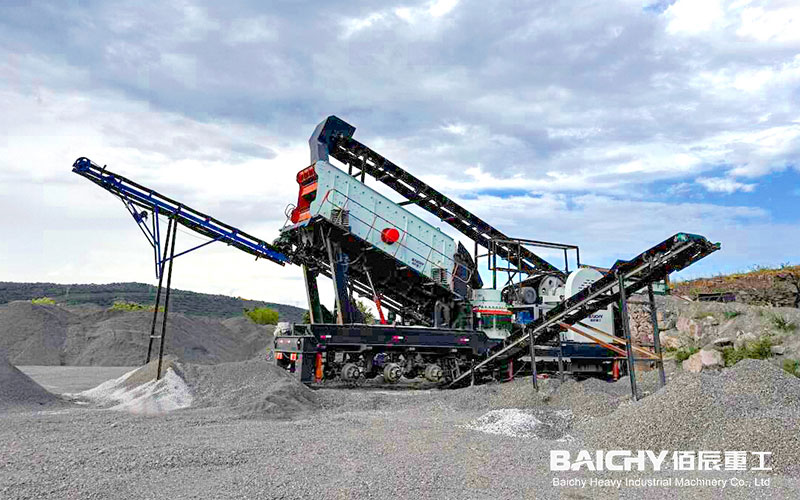
4. Magic moment of the production line
Simple process of the gravel production line
Raw materials → jaw crusher (primary crushing) → impact crusher (shaping) → single-layer screening → finished product warehouse
Simple process of a gravel plant
Raw materials → cone crusher (tertiary crushing) → multi-layer vibrating screen (usually 4 layers) → computer batching system → double-shaft mixer → quality traceability system
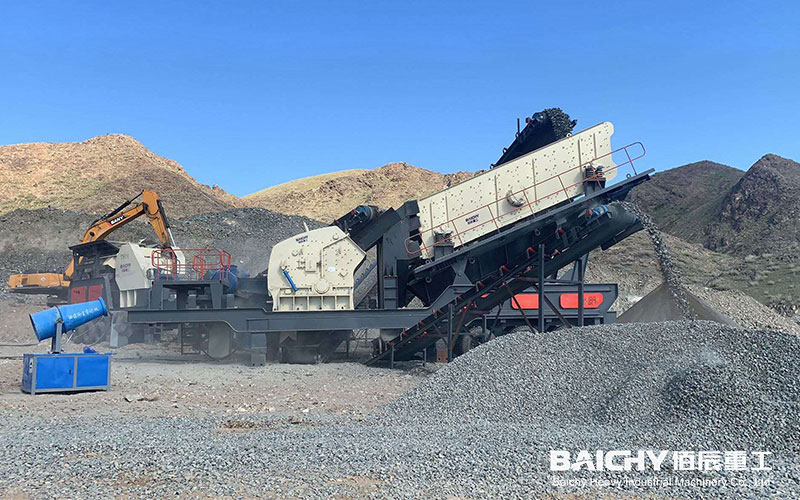
5. Difference in use
Crushed stone is mainly used for the base and subbase of secondary and above roads. When graded crushed stone is used for the base of secondary and lower highways, its particle size should be controlled within 26 mm; when it is used for the base of highways, primary highways, and the middle layer of semi-rigid pavements, its particle size should be controlled below 26 mm.
Crushed stone can be used as the base and subbase of asphalt pavements and cement concrete pavements, and can also be used as a roadbed improvement layer. Under the premise of good drainage, graded aggregates can be used for roads in different climate zones and different traffic levels. In humid and rainy areas, the use of graded aggregates is particularly beneficial.
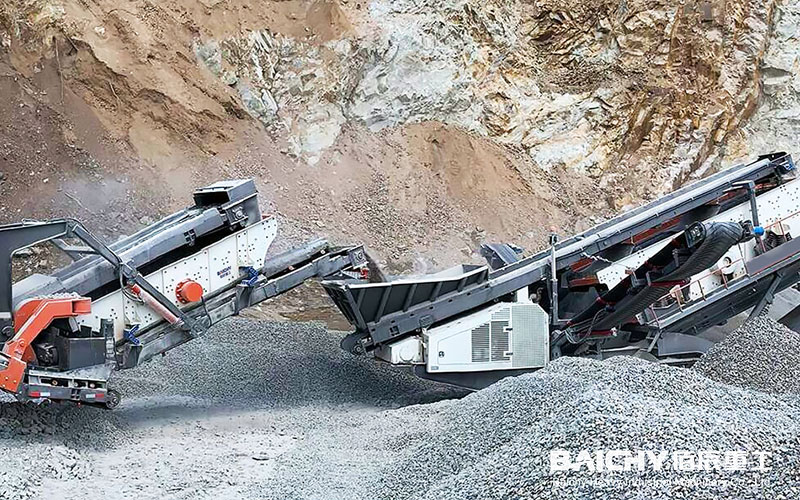
6. Strength and stability differences
The strength and stability of crushed material are not as good as graded crushed stone with added stone chips.
Crushed stone has better strength and stability because it contains not only coarse aggregates, but also fine aggregates and stone chips. The proportion and combination of these components directly affect the performance of graded crushed stone.
There are obvious differences between crushed material and graded crushed stone in terms of processing methods, uses, components, strength, and stability. In actual road construction, the appropriate material should be selected according to specific design requirements and engineering conditions. Welcome to contact us. We have a professional team of engineers to provide free advice.




